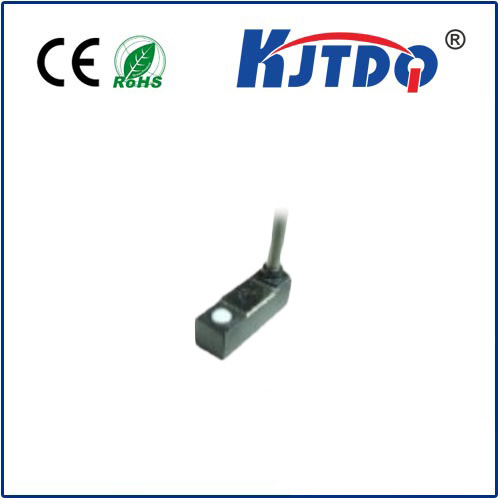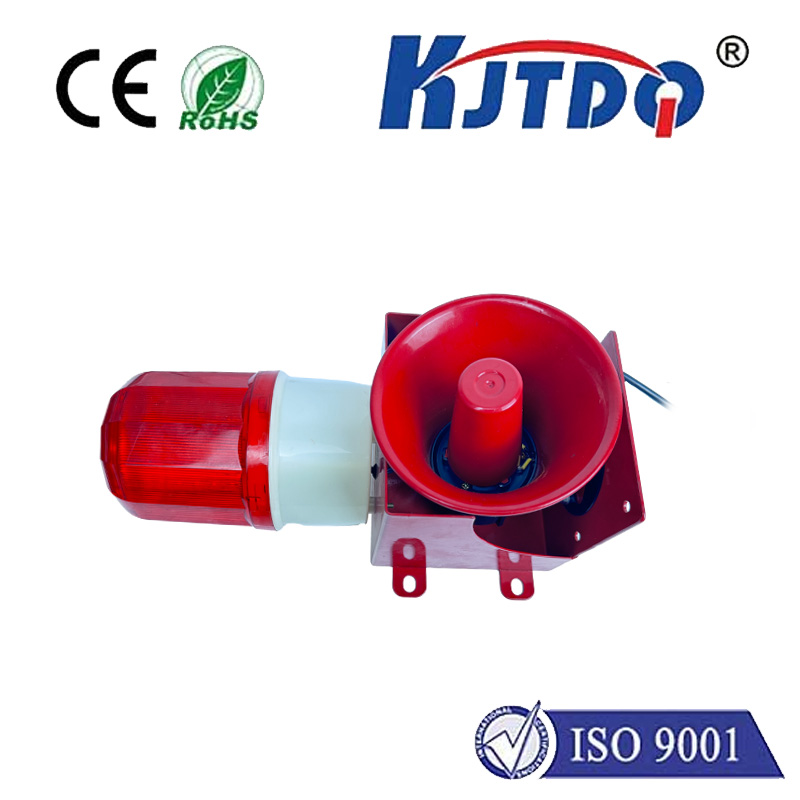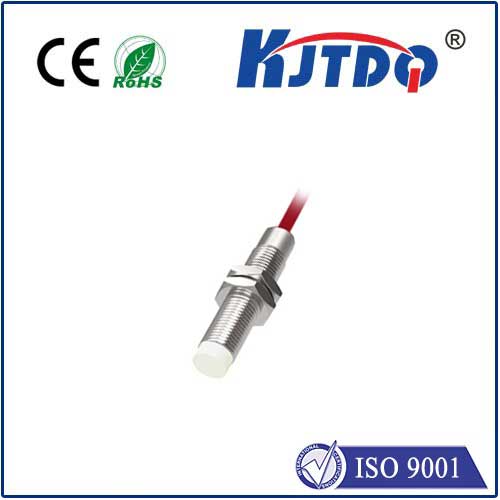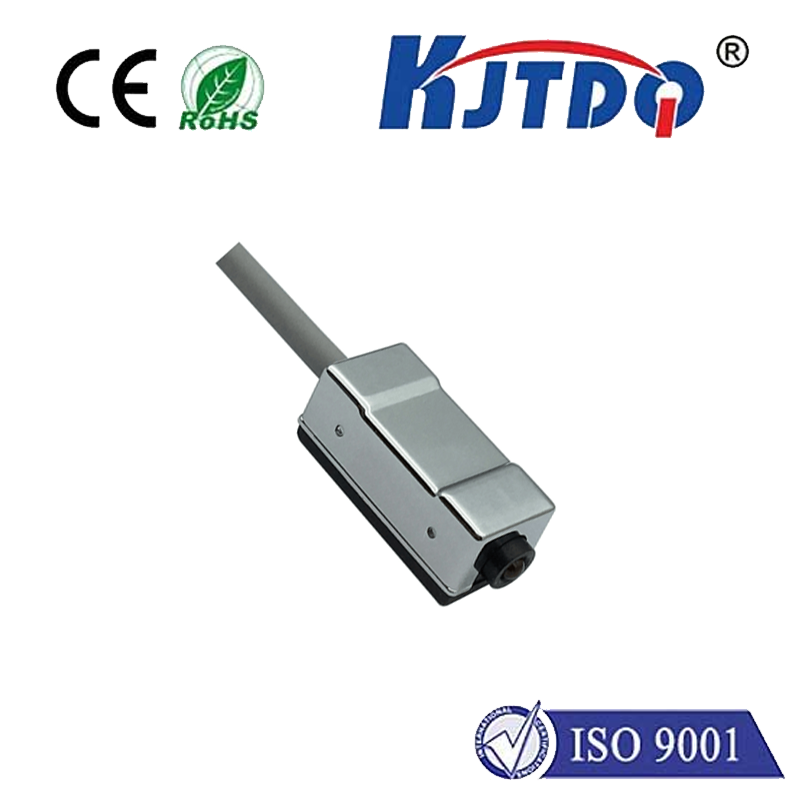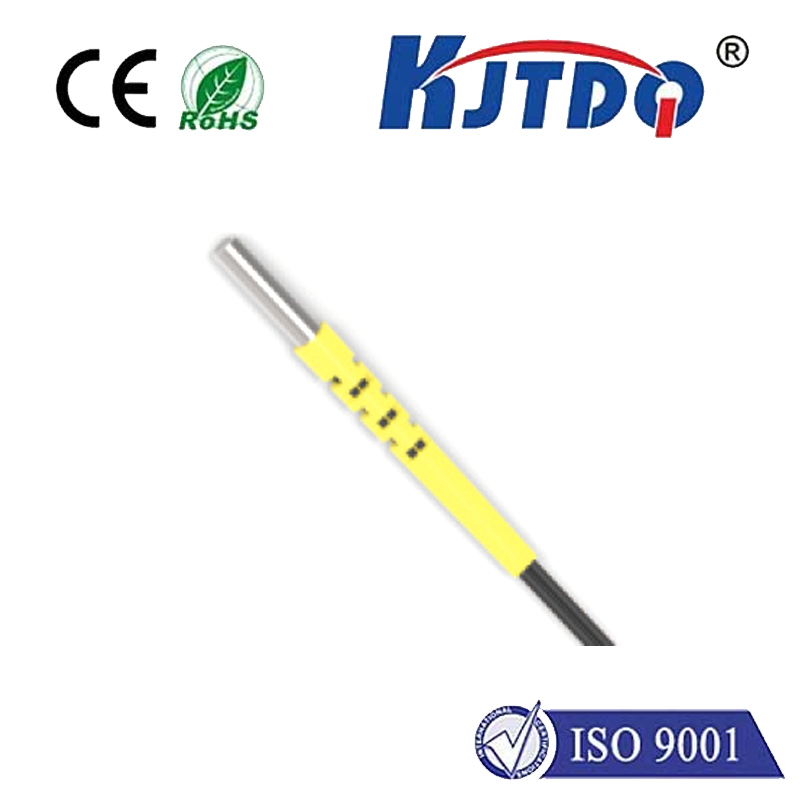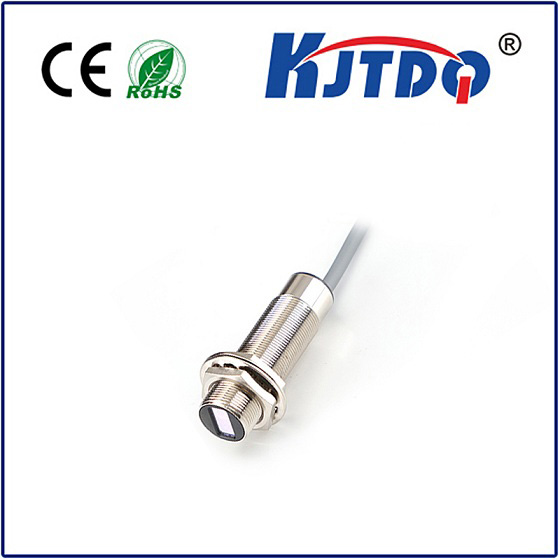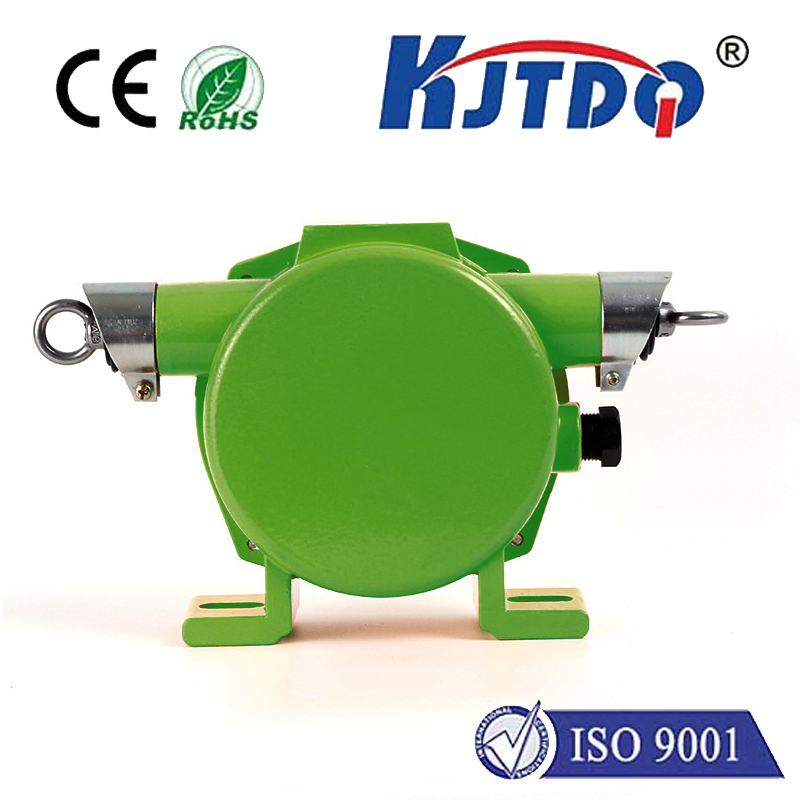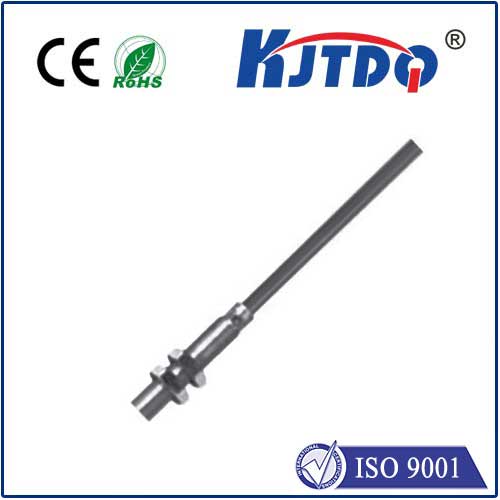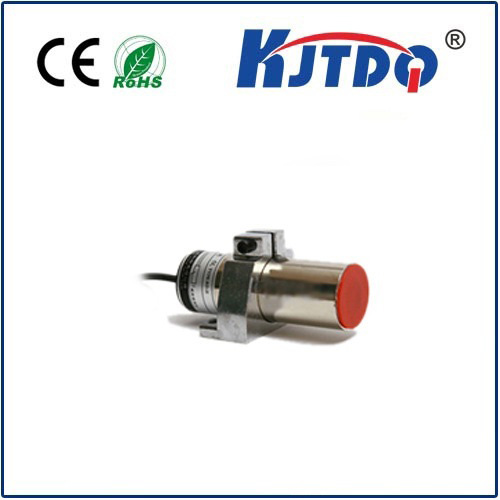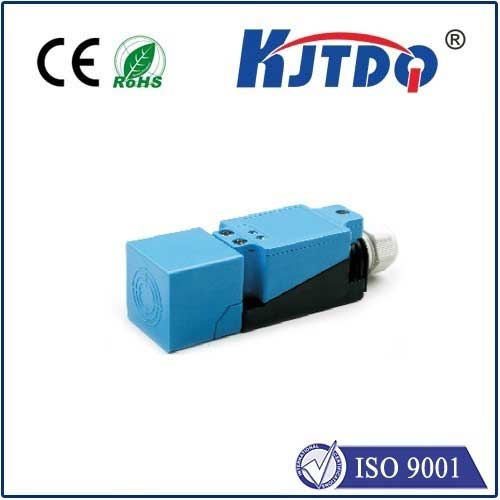
check

check

check

check

Title: Understanding the Functionality and Importance of Button Limit Switches Introduction: In the realm of mechanical and electrical systems, the button limit switch plays a crucial role in ensuring precise control and safety. This small yet vital component is ubiquitous in various industrial applications, from conveyor belts to elevators. In this article, we will delve into what button limit switches are, how they function, and their significance in modern machinery. What is a Button Limit Switch? A button limit switch is an electromechanical device that detects the physical limits of a system’s movement. It is essentially a push-button switch that, when activated by an object being pushed against it, completes an electrical circuit, sending a signal to stop or initiate a specific action. These switches are commonly used in industrial machinery as a form of last resort protection to prevent over-travel, which could cause damage or malfunction. Functionality and Working Principle: The operation of a button limit switch is straightforward. It consists of an actuator button connected to a spring-loaded mechanism. When the actuator is pressed by an external force, such as a moving part or an object reaching its set limit, the circuit within the switch is closed, allowing electricity to flow. This change in the electrical state triggers a response—like reversing the direction of a motor—ensuring that the system does not exceed its predefined operational boundaries. Types of Button Limit Switches: There are several types of button limit switches designed for specific applications and environments. Some common variations include:
